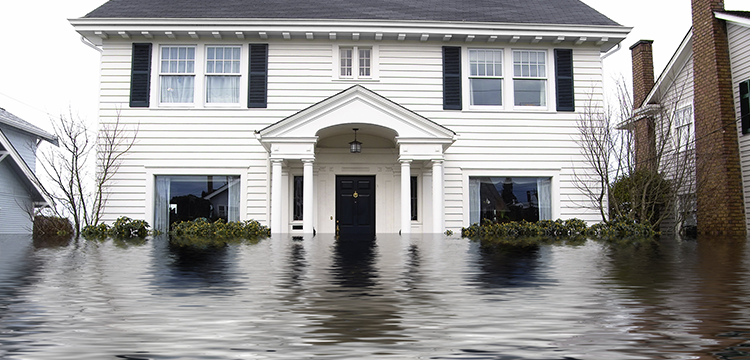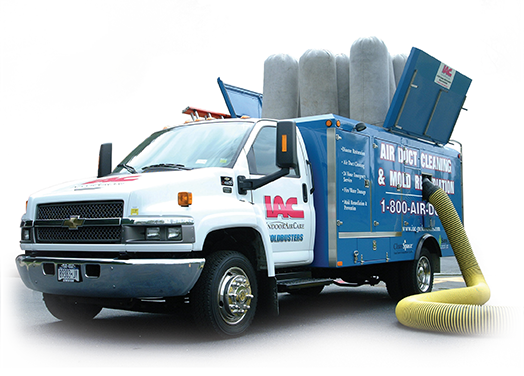

Besides mother-nature, a flood can occur from several sources such as broken pipes, poor drainage, clogged rain gutters, malfunctioning appliances or damaged foundation.
Immediately contact your utility companies if you suspect any damage has occurred to water, gas, electric, or sewer lines. Make sure the home is safe before entering. If the home seems safe, the first thing you should do is try to stop the flow of water if possible. Stop the water at its source. Find the fuse box and turn off the main breaker. Wear protective clothing, rubber boots and gloves. Water can be contaminated. Take as many pictures and document as much as possible – try listing your contents that may have been affected, furniture, carpeting etc. This will be important to give to your insurance company. Call a restoration company so they can start the dry out and clean-up process. Contact your home owner’s insurance company.
A flood could be very emotional and stressful as there could be loss of property or disruption to a business. Floods can cause electrical, structural damage and appliance damage.
According to FEMA, mold can grow on any damp surface within 24 to 48 hours. This means that in addition to building materials, such as drywall, flooring and insulation, your personal property — such as clothing and furniture — can be affected by mold after a flood. This is why it is so important to have the area dried out as fast as possible. The faster you remove salvageable belongings, the better chance you have of saving them.
After flooding, there are industry standards and health recommendations regarding the dryness and moisture content of building materials. Before renovation can begin, the wood and other materials need to be dry enough to meet these standards in order to ensure that mold will not grow. Things should be dried out immediately. Dehumidifiers and negative air machines should be running. In many cases the materials may also have to be disinfected or treated to prevent bacterial and fungal growth. Be patient and careful and you will save yourself further complications down the road. If there is carpeting and padding, the carpet will have to be dried out and professionally cleaned. The padding will be discarded. Contents may have to be discarded if they cannot be salvageable. After your insurance agent has been contacted they will start a claim and visit the home to assess the damage.
As stressful as a flood can be, know that you are not alone. There are professionals with years of experience and hours of training that know exactly what to do to restore things to the way they were, clean and dry.
IAC can help you through the entire process from start to finish. We can help from water removal to drying to rebuilding. We are experts at mold detection and removal and will take all the necessary precautions to keep you and your family safe and healthy. We can help you file claims and answer your questions and alleviate your fears. We will be your partner in the aftermath of any type and size of flood, whether small or large.
